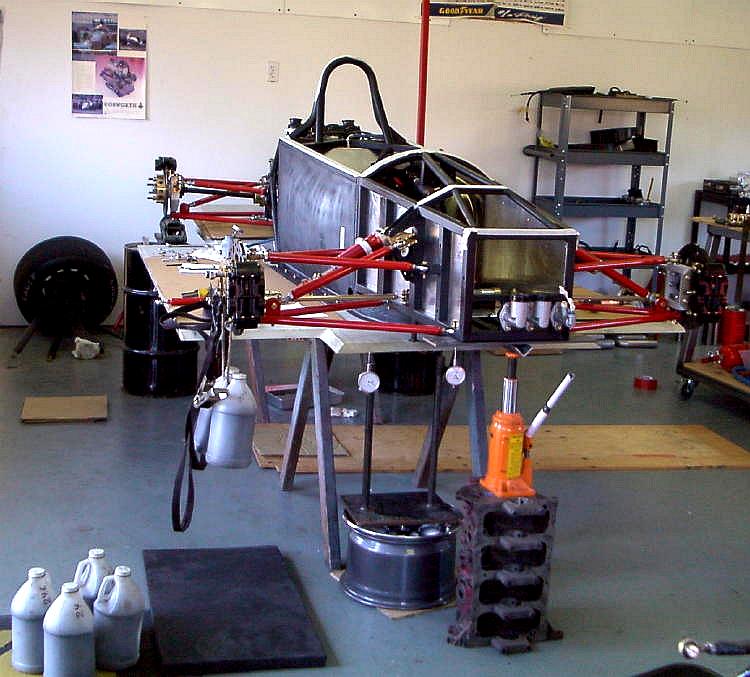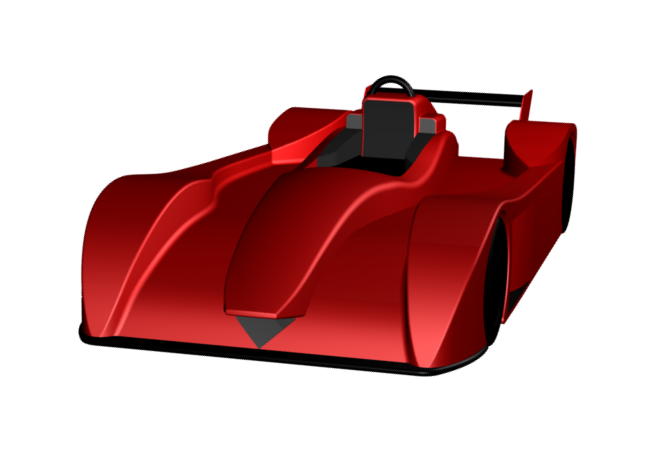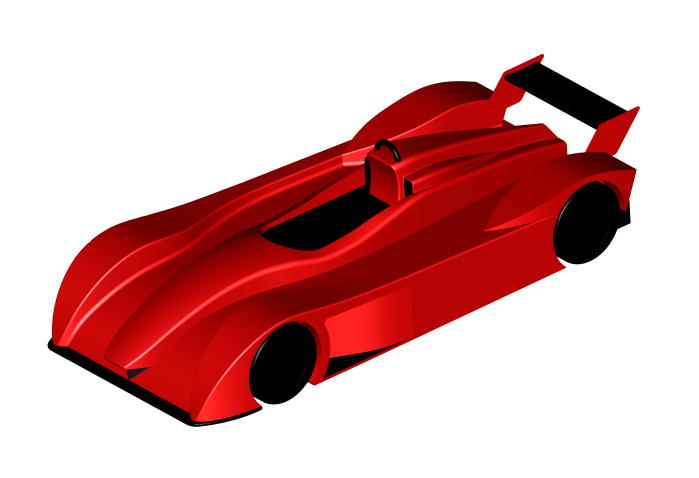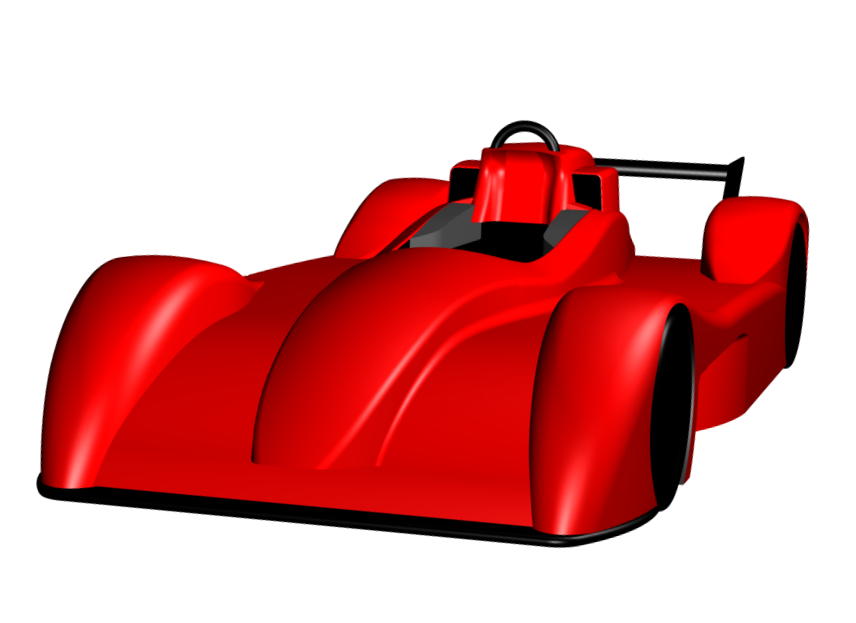now, there is currently no one running a turbo setup on any engine and this is the route i was looking at going. as well, a engine from a cbr600rr is a potent powerplant and would do well for being boosted. looking for a reliable engine as well as power is hard to do, but a 600cc engine with a mid-sized turbo could net 300hp if properly executed without being a complete time-bomb.
now for the part where i would like to guage your intrest. i saw the thread that was started a few years ago, and keeps re-emerging on designing your own car to be used in racing. now with the current rules and regs in the scca dsr and csr, we could have a car designed and used with any type of aerodynamic device you want to use. (so long as it is not a taped on temporary item) would anyone here be intrested in designing an aero package for this car and have it put to use and raced in a open class? also for those that would like to join up (and if the car makes it) would be intrested in being a part of the pit crew for the national runoff race if you help in designing the car (also recognition to the boards in any t.v. interview which it broadcast on speed tv?)
the car i was looking to purchase as a roller is a stohr wf1. here are a couple pictures. also here is a page with some tear down pictures so you can see how much we have to work with. http://www.trackpedia.com/blogs/john/




and here are some of the first conceptual drawings of the stohr wf1



also a
